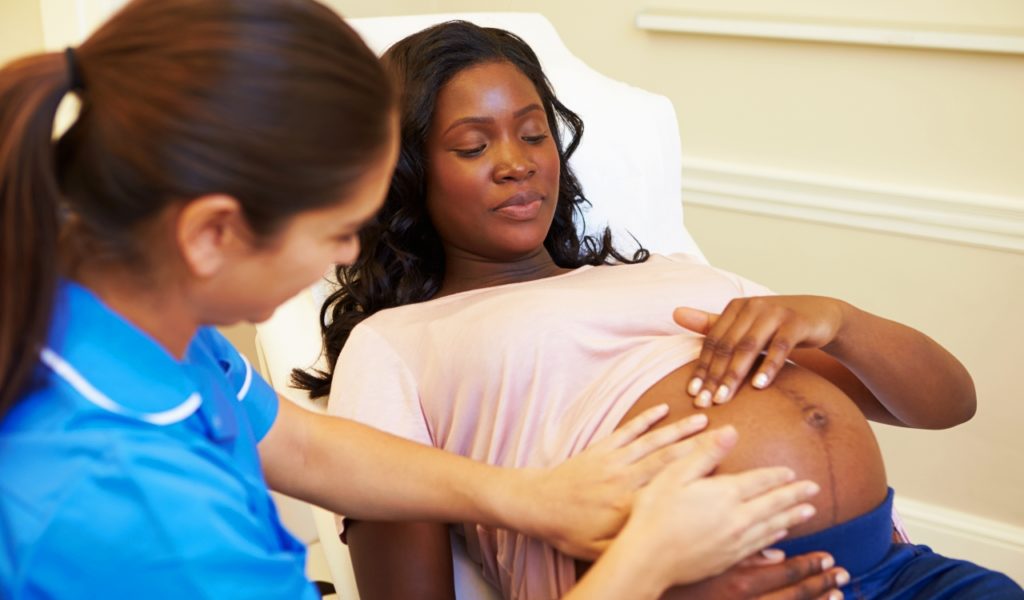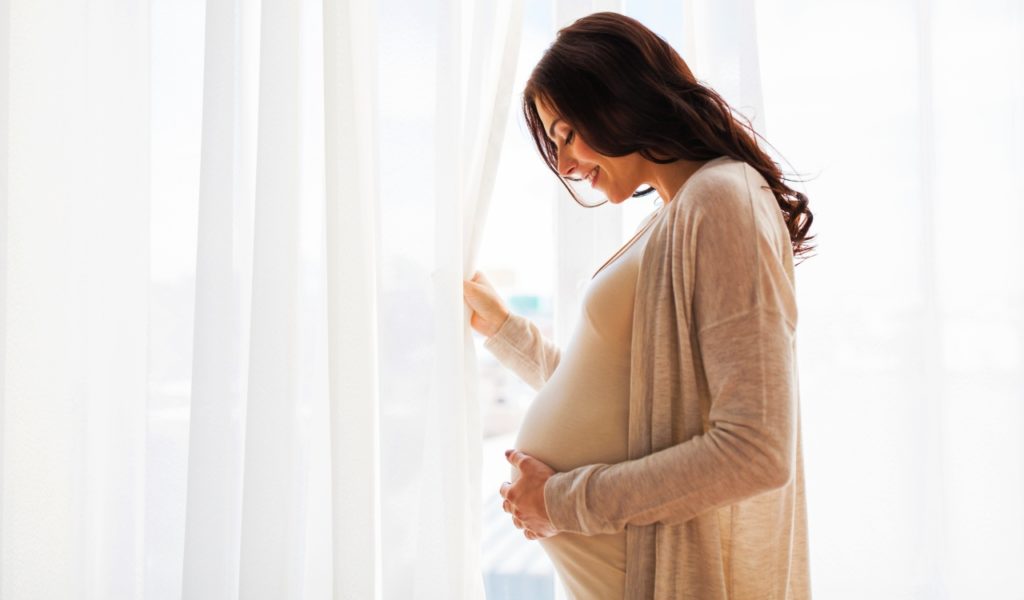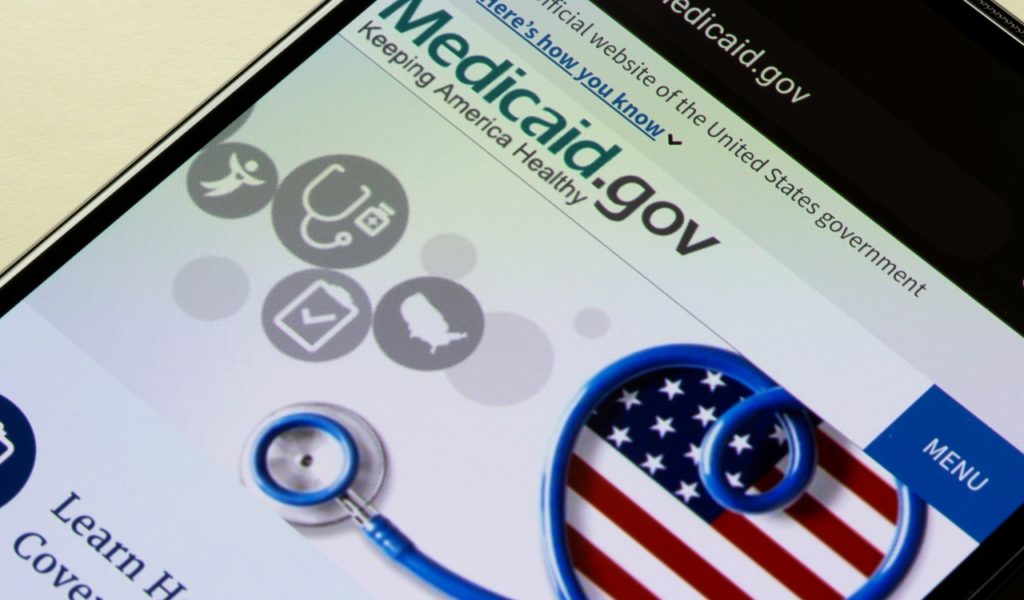While the rate of maternal deaths in the United States is nowhere near the rate you might see in less-developed nations, it has actually been on the rise in recent years. The reason women die during pregnancy or after giving birth is often unknown or varied.
The latest data on the maternal mortality rate in the United States shows a rise in deaths that has seemingly been going up every year.
According to the National Center for Health Statistics, in 2019, 20.1 deaths happened for every 100,000 live births. In 2020, the rate increased to 23.8. In 2021, the number spiked up to 32.9!
This means the number of deaths rose from 861 in 2020 to 1,205 in 2021.
Yet the recent numbers are not any better. In 2022, the estimated number of deaths was around 733. However, it is being claimed that there were likely many more that went unreported!
The NCHS’s numbers are not just concerning maternal deaths that take place during birth or right after. The data surrounds maternal deaths up to 42 days after giving birth. Which allows them to track the quality of care after giving birth or having a c-section.
If that does not make you concerned, like with many things in the world of healthcare…there seems to be a large race issue involved too.
Disparity Rates For Black Women

There is a massive disparity in maternal deaths among black women. Right now, 69.9 deaths per 100,000 live births happen for these women. This was up for black women from the year prior, which saw 55.3 deaths per 100,000 live births.
Yet among white women, the number is 26.6 per 100,000 live births.
Sure, there might only be around 40 more deaths among 100,000 births. Thus, less than 0.1% of women died in total so 40 should not seem like that big of a deal, right? WRONG!
Any death, especially when at a freakin hospital, should be seen as a huge problem when it comes to pregnant women. There can be many issues one might face during a pregnancy that results in complications, which cannot be avoided.
On top of this, in 2020 & 2021, COVID-19 is said to have contributed to the increase in deaths.
Yet for the rate to be much higher for black women should show a pattern of issues. Black women are much more likely to receive a worse quality of care before, during, and even after pregnancy.
This is not unlike how black people (both men and women) are treated during Emergency Room visits or hospital stays. Even when there are black nurses and doctors around.
Structural Inadequacies

While roughly a quarter of the maternal deaths from 2020 to 2021 was due to COVID, it should also be referenced how black women were affected more. The Pandemic is said to have contributed heavily to the disparity between black and white women, but how was this possible?
The U.S. Government of Accountability Office reported that there were “structural inadequacies.” Black people likely not getting proper healthcare in general potentially leading to many choosing to not be vaccinated or go to the hospital when COVID symptoms began.
This could have also led to multiple deaths, all because of a long-term issue within healthcare. Thus, you could possibly die by avoiding the hospital or vaccinations or you could chance it and possibly still not be assisted. One of these would also cost more money too.
Thus, black women have the issue of structural problems as well as those relating to mistreatment throughout history to deal with. On top of the potential lack of quality care. It is not shocking maternal deaths are higher for them.
How These Maternal Deaths Happen

The NCHS’s report on maternal deaths stopped tracking any deaths that took place beyond 42 days post-pregnancy. It is likely they felt that if someone is going to die from a pregnancy-related issue, that will happen within a month.
Most of the death causes have to do with hemorrhaging, infections, and even high blood pressure disorders such as eclampsia. Of course, deciding to exclude deaths of women after 42 days to a year after birth is understandable.
Yet you might be shocked to learn that pregnancy-related issues can cause problems that last beyond a month. Up to 30% of pregnancy-related problems happen within a year after giving birth according to the CDC.
This was according to the analysis of female deaths from 2017 to 2019, which found that pregnancy-related issues caused far more deaths than we realized even many months after women gave birth.
Ways To Fix The Maternal Deaths Problem

There are many things that can help women, regardless of race, from dying due to pregnancy-related problems. One thing being pushed is the idea of expanding Medicaid insurance for up to a year after a woman gives birth.
In a shocker for many to learn, Medicaid actually paid for up to 42% of U.S. births in 2020. That is nearly half of all births, which is mind-blowing.
States actually already have the option to extend coverage from 60 days to a full year post-birth for women. This was an added provision given to states through the American Rescue Plan Act, passed in 2021.
On top of this, hospitals can also offer reduced prices for women who do not have insurance or cannot get on Medicaid for some reason. For those in states that do not extend Medicaid beyond 60 days for women, hospitals can also offer reduced prices for women to see their doctors during that one-year window.
Causes That Will Take Time:
It should be noted that the maternal deaths counted in the NCHS data do not include deaths due to homicide/murder. Sadly, in 2018 & 2019, this was the leading cause of death for women during and within 42 days after pregnancy. This accounted for more than double the cases referenced above.
In a majority of these cases, an intimate partner killed the woman usually with a gun. It is stated that statistically, pregnant women are at a higher risk of homicide than nonpregnant women.
Suicide is also a leading cause of death during and post-pregnancy, even up to one year after birth. This was also excluded from the maternal deaths counted by the NCHS.
Improvements are being made to help women with issues such as hemorrhaging and blood pressure disorders. Yet many are unsure how to stop the issues with gun violence or poor maternal mental health. Outside of the obvious.
However, women who are in dysfunctional or abusive relationships often struggle to leave their partners. Mental health issues are problematic but one has to seek help and can rarely be forced into it. Thus, these issues will likely continue to be problematic.